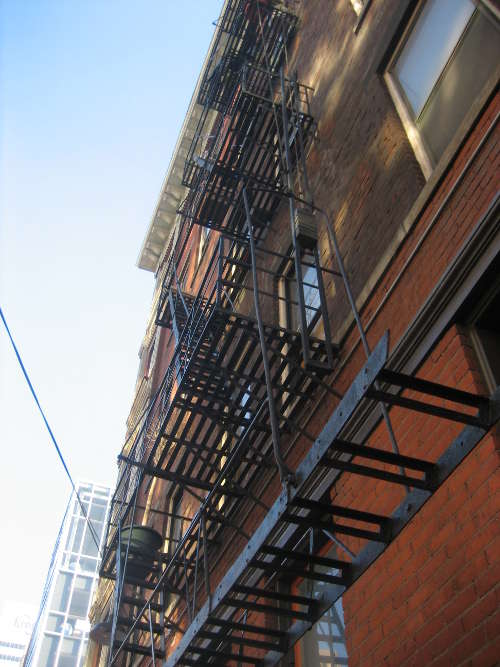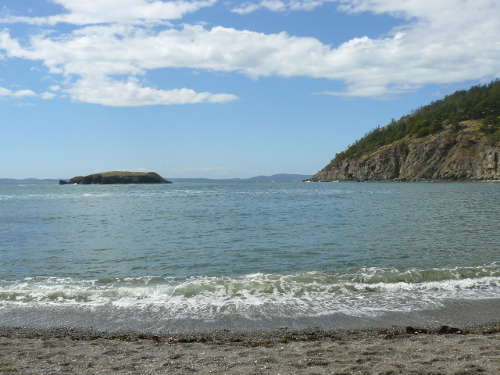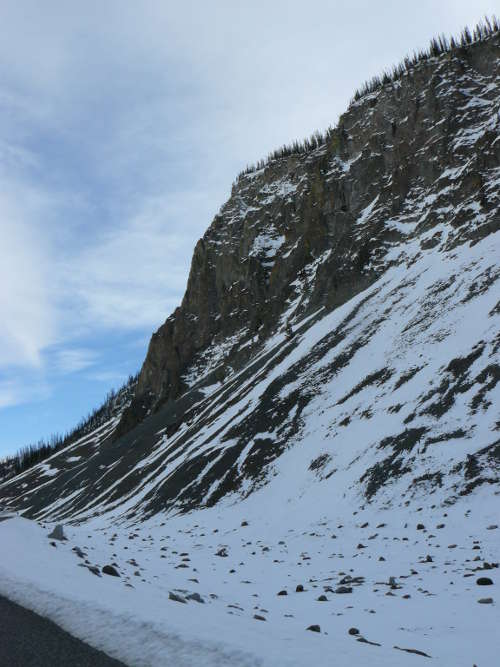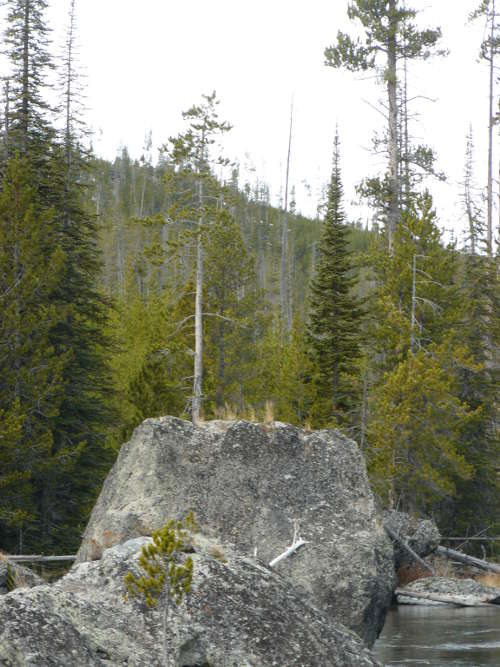 Location Taken: Cincinnati, Ohio
Location Taken: Cincinnati, Ohio
Time Taken: June 2007
I’ve never used a fire escape. I’ve never been on one. I’m not even sure I’ve lived in a building that had one. Which, since I lived on the 17th floor of an apartment, makes me a little concerned in retrospect. They probably had some form of fire escape, but I certainly didn’t know where it was, and knowing where to go in a fire is rather important.
Actually, disaster preparation is rather important in general. Just finding out which disasters might strike your area and doing some basic things to keep life going smoothly when it happens can make a big difference.
…Not that I’ve done full disaster preparation myself. It does require thinking ahead and spending money on things you may never need, which is really easy to procrastinate on.
But still, at least I think about it! That counts for something, right? Right?!
Where I’m living, in Central Maryland, doesn’t have too many disasters. We do have the standard risk of fire (I’m grabbing my purse and my external hard drive with my files on it and leaving as fast as I can, out the second story window if necessary), which is best prepared for with keeping flammable items away from sparks. Alas, I don’t have anywhere near the money to tear out all the wiring in the (wooden) walls and check it for short circuit potential. At least there’s a lot of electrical codes that require coatings on the wires and junction boxes and all that, so I have to rely on that. And I don’t do any of the things that commonly cause fires, like burn candles, smoke cigarettes, or leave my cooking unattended.
We get occasional hurricanes passing through, but we’re far enough inland that they weaken by the time they reach us. All we get is large amounts of rain and a bunch of wind. It causes flash flooding and knocks down some trees, but not much more. Hurricanes cause the most problem for coastal regions, where the storm surge can overwhelm houses very easily, but if you don’t live there, and aren’t unlucky enough to have a tree fall on your head, you’re usually fine.
We don’t have a risk of flood here. We’re on a hill that forms a river valley, so we’re both far above the water table and have an easy place for the water to go. Floods are best avoided by not building in flood plains, watching out for flash flooding, and, in general, not being where water wants to flow.
And we’re not at the edge of the hill, which is also made of strong rock, so there’s no risk of landslide. Having large piles of rock fall on you (or out of under you) can really ruin your day, and they can move surprisingly quickly. Try not to live in a place where there’s cracks in the ground or debris from previous landslides, and call a geologist if you’re wondering about a slope, so it can get stabilized if necessary.
We can experience earthquakes, but they’re all from minor mid-continent faults, and the chance of one happening that’s large enough to do major damage is very low. Earthquakes tend to be a real problem only along the major faults, like the San Andreas in California. They require proper building codes to be followed to keep building from shaking to pieces, and items should not be just placed on unsecured high shelves, where they (and the shelves) can fall on you.
Tsunamis are another coastal problem, like hurricanes. There’s not much that can stop them in their path aside from giant sea walls taller than the tsunami itself. But if you’re in a tsunami-risk area and you feel a major earthquake coming from offshore, get to higher ground.
Blizzards are also really regional. But they’re fairly easy to manage, just by having a stock of food and not leaving the house. It’s only if you’re unlucky that anything worse happens. And well, we don’t get many blizzards through here, alas. I’ve always liked waking up to a couple of feet of new snow on the ground, even if it does shut down the region until the roads can be cleared.
Tornadoes, we can get an occasional tornado. We had one pass right near my house one year, luckily rather weak and not really touching the ground at that point. They only occur in certain areas where the weather conditions line up, which mainly means the Great Plains of the USA (about 70% of all tornadoes worldwide occur in this one country), so know your tornado risk. If you’re in an area that gets them, keep an ear out (or a cell phone alert system activated) for Tornado Warnings, see if the storm really is heading right for you, and if it is, go to (ideally) a storm cellar, an interior bathroom where the plumbing keeps the walls more stable, a ditch on the side of the road, or any similar place. And then hope you’re not in the admittedly rather small path of the twister. It’s really a matter of luck for that.
Manmade disasters, like car crashes and terrorism, well, there’s not much you can do to avoid them other than not go to places they’re likely to happen. Stuff like air crashes and terrorism are actually exceedingly rare, so they shouldn’t be something you let affect your life that much. They just get a lot of media attention, since they’re both rare and flashy, so you hear about a much higher percentage of the ones that occur, making your brain believe they’re something to worry about.
The one I really should work on a preparation kit for is for a major power outage. The power system where I live goes out one or two times a month during thunderstorm season, but it usually comes back on very quickly. Every so often, though, a big storm comes through and we lose power for hours, even days. It’s never been more than a few days, though, so we’ve managed by eating cold foods (or lighting our gas stove manually), not opening the fridge at all to keep the cool air in, and reading a lot of books. But it would help to have a few days drinking water in case the water systems fail, flashlights to get around with, an emergency radio, several days worth of canned food, and so on. Here, the power outages tend to be fairly easily fixed, just sending a truck over to clear away the tree that fell on the lines and hooking everything back up. But if you’re in a hurricane or earthquake prone zone, or in a rural area prone to blizzards, it can take a long time for power to return after such an event, so having an emergency kit on hand might just make all the difference.
And, of course, if you do live in a place with a fire escape, keep the escape route clear. There’s nothing worse than trying to flee a fire and finding someone’s old couch blocking your only way out.
…You know, this all boils down to “Know what problems could affect you”, “Keep a multi-day emergency kit” and “Don’t live in flood-prone areas!” So um, do that!
 Location Taken: Deception Pass State Park, Washington
Location Taken: Deception Pass State Park, Washington



